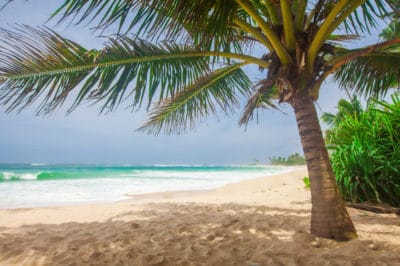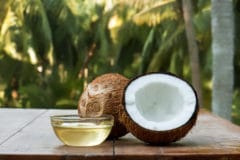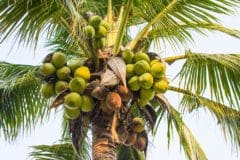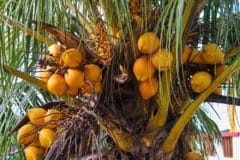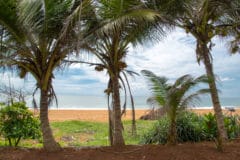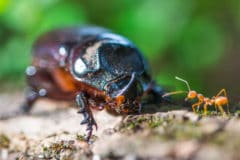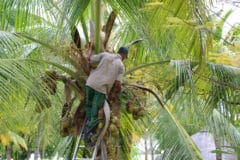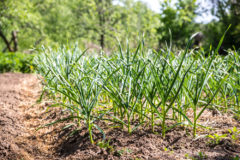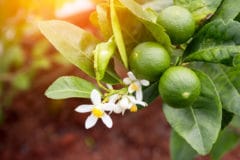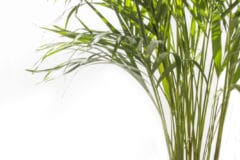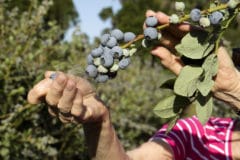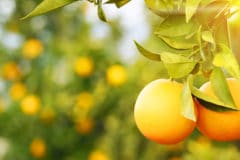State Growing Zones
Florida is broken into three USDA growing zones, with northern and north-central areas of the state considered zone 8. Central regions are in zone 9, and the southern most regions are included in zone 10. Coconut palms (Cocos nucifera) are hardy growing in frost-free regions of zones 10 and 11. They grow best with a minimum temperature of 72 degrees Fahrenheit (22°C) and temperatures of 32 degrees Fahrenheit (0°C) can kill trees.
However, gardeners living in the warmest regions of zone 9 can also grow coconut palms. This area of Florida occasionally experiences freezes and frosts, so you run the possibility of the coconut palm dying if the weather becomes too severe. If you decide to grow a coconut palm in zone 9, there are precautions you can take before a cold snap.
- Wait to do any pruning until after the cold front and the possibility of a freeze or frost leaves the area.
- Thoroughly saturate the coconut palm’s root system by watering well before the cold weather arrives, as it insulates the roots and keeps them warm.
Distribution in State
Coconut palms are hardy growing throughout the warmest regions of the Florida, which entails Stuart on the eastern coast, and Punta Gorda on the western coast, south to Key West. However, they aren’t uncommon sites in areas a bit north, such as Vero Beach and Sarasota, especially along the beaches.
Coconut Varieties for Florida
Florida gardeners have a variety of choices in types of coconut palms that grow well in the state and found at local garden centers within their growing range.
- Jamaica Tall: Fast-growing tree that’s well adapted to growing in the state, low resistance to lethal yellowing disease, and immature fruit is green or bronze.
- Fiji Dwarf: Slow-growing, dwarf palm that’s well adapted to growing in Florida and shows some resistance to lethal yellowing, and immature fruit is green or bronze.
- Malayan Dwarf: Has a semi-dwarf habit, moderate rate of growth, and immature fruits are green, yellow or golden, depending on form, and has low resistance to lethal yellowing.
- Panama Tall: Rapid rate of growth, large and robust tree, with a low resistance to lethal yellowing, and immature fruit is green or bronze.
Preferred Sites
When selecting a site for your coconut palm, consider its mature size and don’t plant where the falling coconuts can damage a structure, car or people. Plant in a sunny location with well-drained soil and though drought-tolerant, it performs best with regular irrigation.
